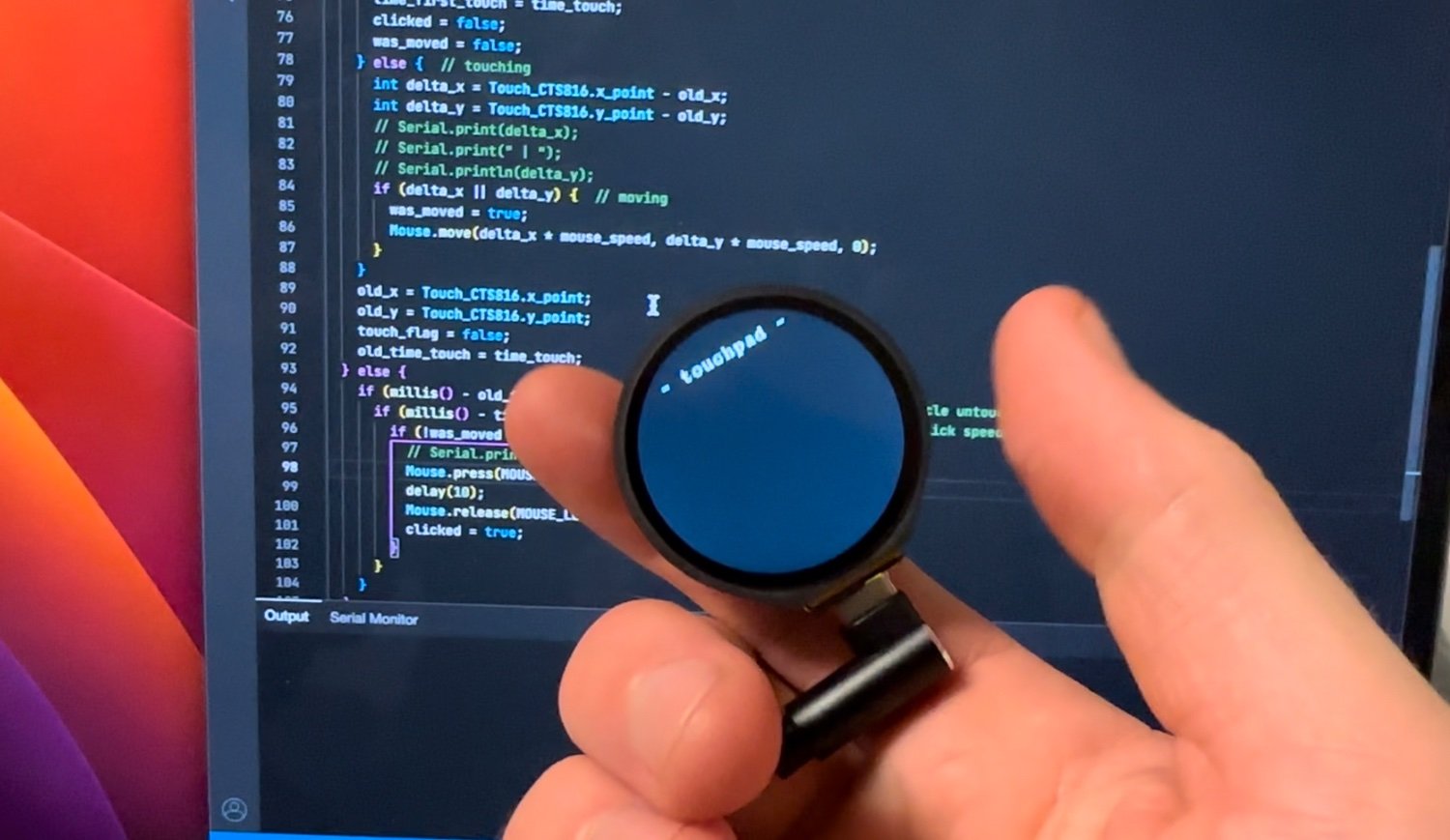ErgoMechKeyboards
Ergonomic, split and other weird keyboards
Rules
Keep it ergo
Posts must be of/about keyboards that have a clear delineation between the left and right halves of the keyboard, column stagger, or both. This includes one-handed (one half doesn't exist, what clearer delineation is that!?)
i.e. no regular non-split¹ row-stagger and no non-split¹ ortholinear²
¹ split meaning a separation of the halves, whether fixed in place or entirely separate, both are fine.
² ortholinear meaning keys layed out in a grid
No Spam
No excessive posting/"shilling" for commercial purposes. Vendors are permitted to promote their products/services but keep it to a minimum and use the [vendor] flair. Posts that appear to be marketing without being transparent about it will be removed.
No Buy/Sell/Trade
This subreddit is not a marketplace, please post on r/mechmarket or other relevant marketplace.
Some useful links
- EMK wiki
- Split keyboard compare tool
- Compare keycap profiles Looking for another set of keycaps - check this site to compare the different keycap profiles https://www.keycaps.info/
- Keymap database A database with all kinds of keymap layouts - some of them fits ergo keyboards - get inspired https://keymapdb.com/
view the rest of the comments

There are 6 GPIO available. So maybe a macro Pad… but my idea is do embed it in The case but still have a separate usb cable to it. You can also display things on the screen if you’d like. It has a RTC and a battery management circuit so you could make it into a clock, or use the GPIO to speak with your keyboard to send keystrokes data via serial…
I guess if the available pins support i2c you could hook it up to a gpio expander
Yes. It does I2C. It’s also a pi Pico core so dual core. So you could use a separate core to drive the screen independently from the keyboard to keep them fast.
Edit: actually the i2C is not exposed on the pins, but you should be able to use the BitBang_I2C library to expose them on any pair of GPIO pins. I’ll try it out and report back.
Edit2: actually, no need for that library you can set virtual I2C to any pins I tried it with another project on the same board.